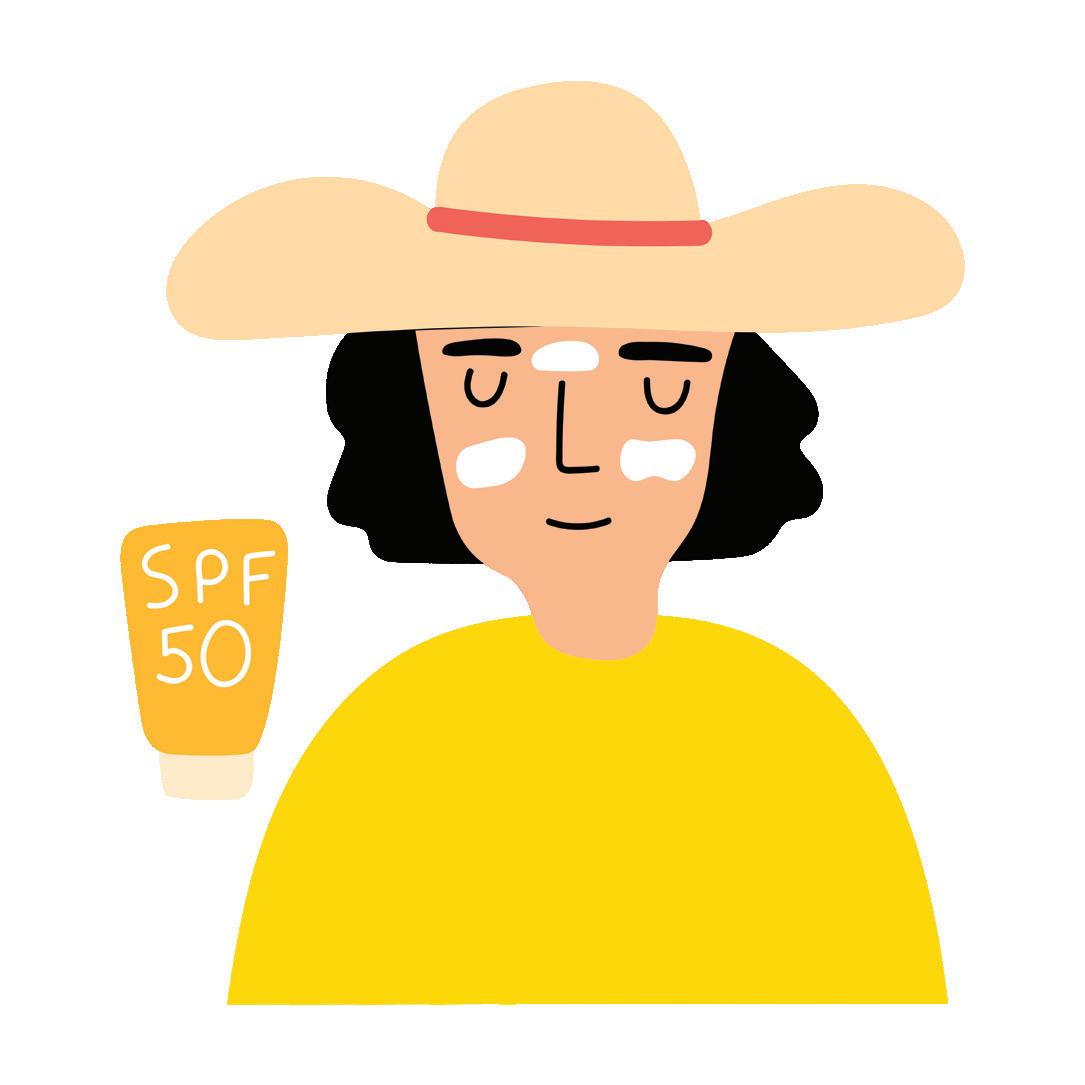
2 minute read
World's toughest screen test
The Australian regime of making and testing sunscreens is considered and stringent – and given melanoma rates here that’s entirely appropriate, writes ELLEN PHIDDIAN.
Every day, you step through your front door and enter a deadly environment: the radiation out here kills hundreds of people each year, and injures many more.
Advertisement
It’s a good thing science has provided us with a protective medicine. It’s loaded with one of the dozens of chemicals that have been shown, time and again, to absorb the radiation you’ll be exposed to. It’s mixed into a bevy of special solvents, so that it adheres properly to your skin. A fragrance might have been added to negate the scent, or polymers to prevent water and sweat sloughing it off.
The medicine represents thousands of hours of developing, testing, and redevel oping by thousands of dedicated scientists – and more than a few human volunteers who have gotten burned to check it works.
Yes – it's sunscreen.
It should be no surprise that Australia has some of the strictest regulations on sunscreen. Along with New Zealand, we have the highest rates of melanoma in the world. A few different factors fuel the Sun’s deadliness here, such as our proximity to the equator, and the fact that a big chunk of our population has pale skin.
A particularly sly one is the Earth’s variable distance from the Sun. In early January, Earth hits peri helion and is a mere 147 million kilometres (or so) from the star. In July, at aphelion, the planet is around ve million kilometres further out. Because perihelion happens during the Southern Hemisphere summer, our sunlight is slightly more intense, making the UV radiation more dangerous.
Fortunately, we now have virtually limit less options for protecting our skin – from a gentle SPF 15 moisturiser that’s perfect for your nose as you wend your way to work, up to a fabulously sticky, water-resistant SPF 50+ that you can wear on the beach for hours. (In addition, of course, to a hat, sunnies, and beach umbrella.)
How on Earth is it all made – and how do we know it’s effective?
For the full story on this seriously sticky cream that protects us from damaging UV rays, head below to Cosmos 97 | Energy. Effort. Endeavour










